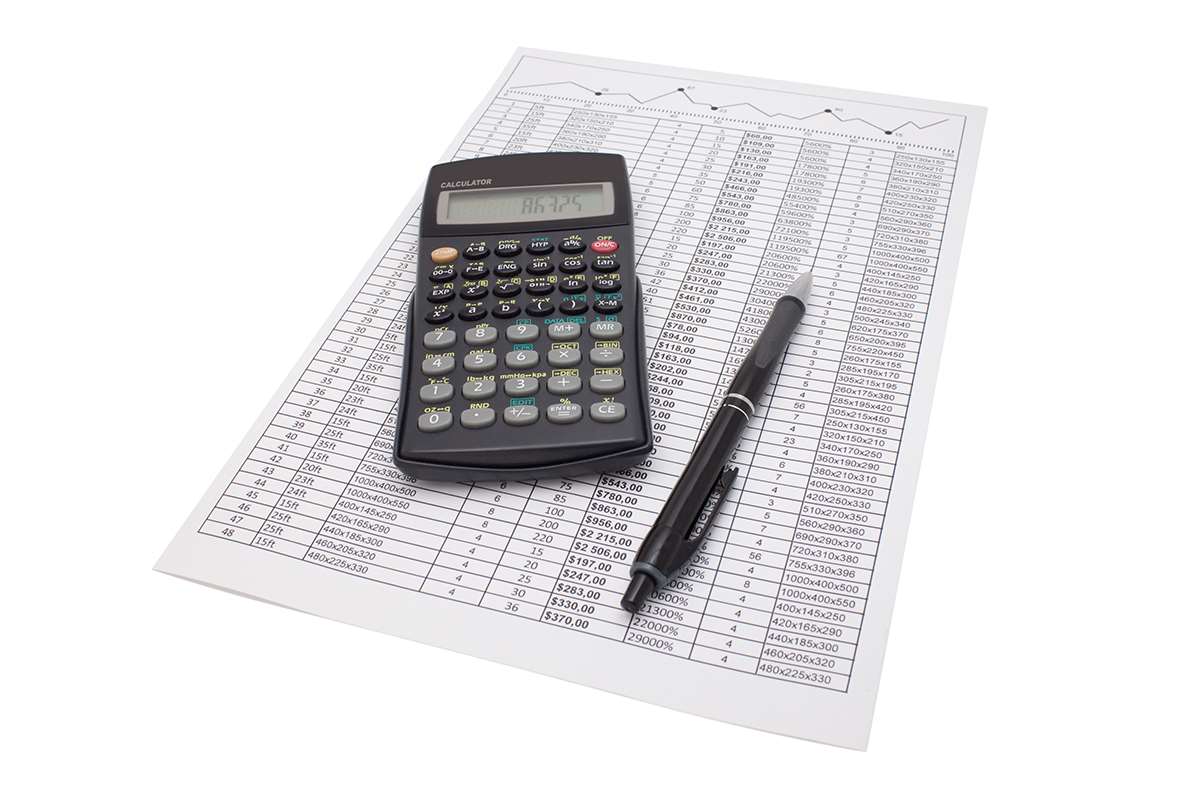
This shorthand is particularly useful in simplifying the presentation of large figures, making financial documents more readable and less cluttered. For instance, a company reporting $5,000,000 in revenue would simply state $5MM, streamlining the data for stakeholders who need to quickly grasp the financial health of the organization. As a data analyst who works closely with the finance industry, I‘ve always been fascinated by the ubiquitous use of “MM” as an abbreviation for millions among banking and accounting professionals. It differs from the standard “k” and “M” abbreviations used in the metric system and most other sectors. I decided to take a deep dive into the origins and rationale behind “MM” to better understand this unique element of finance culture. The use of MM is not just about convenience; it also plays a role in standardizing financial reporting.

What Does “MM” Mean?
By using MM, they can create models that are not only easier to read but also more efficient to work with. This is particularly important in scenarios where quick decision-making is required, such as during mergers and acquisitions or when assessing investment opportunities. But in the case of Asset 2, the company can get a loan of 4.5 MM against the applied loan of 5 MM as per the bank’s criteria. The company can get the full amount of the loan applied against Asset 1 as the bank’s requirements are fulfilled.
Decoding Million Abbreviations: Understanding ‘M’ vs. ‘MM’

I generally use $___MM, which was, and still is, often used by accountants and economists. Before “k” was adopted as the colloquial way of writing a thousand (i.e. $35k to mean $35,000), it was common to use “M” instead; “M” being the Roman Numeral for 1,000. As a result, “M” simply became shorthand for adding three zeros and thus “MM” became the shorthand for adding six zeros. “M” is the only acceptable abbreviation to use for “million” in UK English. You’ll find that a lot of UK native speakers won’t even know what “mm” stands for (outside of the “millimeter” measurement that is abbreviated to “mm”).
Understanding MM in Finance: Usage, Differences, and Impact
- The example below shows how figures can be portrayed in millions.
- These technologies had character limits, so accountants and bankers adopted the shorthand to save space.
- One theory says the use of M was because Romans measured a mile as a thousand paces.
- Take your abilities to the next level and become a more effective leader and team player.
- The use of “MM” fit seamlessly into this new framework, offering a concise way to represent substantial amounts without cluttering financial records.
- In written documents and reports, using ‘M’ saves space and helps avoid confusion.
Whether etched by hand or printed, space was at a premium on these pages. MM enabled fitting large monetary values concisely into tables and ledgers. The Notation MM for representing Millions what does mm stand for money is becoming less common as it creates confusion between the representation of M and MM, whereas the M denotes the Thousand. But due to confusion between M and MM, now the alternative notations are used for representing thousands and millions.
What Does ‘MM’ Mean in Accounting?
- As she navigates through the world of numbers, knowing the difference keeps things clear and precise.
- Therefore, it is important to look at the context to ensure clarity.
- Another option is to use the “M” for 1,000 and represent $4 million as $4,000M.
- Despite some calls to modernize, MM persists because of its advantages for clarity, precision, and familiarity.
- I generally use $___MM, which was, and still is, often used by accountants and economists.
- Roman numerals are often used in accounting to help abbreviate and designate numbers.
Regretfully, until the USA goes metric there’s going to continue to be problem with this. For the past 52 years, Harold Averkamp (CPA, MBA) hasworked as an accounting supervisor, manager, consultant, university instructor, and innovator in teaching accounting online. He is the sole author of all the materials on AccountingCoach.com. For the past 52 years, Harold Averkamp (CPA, MBA) has worked as an normal balance accounting supervisor, manager, consultant, university instructor, and innovator in teaching accounting online. Moreover, MM is often employed in financial modeling and forecasting. Analysts use it to project future revenues, expenses, and other financial metrics.
Alternative Notations for MM (Million)
This is ambiguous; hence, if you wish to be unambiguous the use of M to mean either thousands or millions is to be avoided. Thus, we’re left with k and MM as to unambiguous ways to denote thousands and millions respectively. For example, in a document that requires the use of symbols because of limited space in a table, I see “500K-1MM” to stand for “500,000-1,000,000”. A frequent error people make is using ‘M’ and ‘MM’ interchangeably without understanding their specific meanings. The term ‘MM’ often signifies millions and is typically used in contexts like budgets and forecasts.
Synonyms for Which: 10 Words to Refine Your Clauses
These examples underscore the need for abbreviations like MM to avoid ambiguity with large figures. To understand MM, we have to go back to the early days of accounting when Roman numerals were used to record ledgers. In this era, M already signified 1,000, while MM denoted 1 million. The Report containing certain information of company C is given below, representing the same with the compact number representing mode. Boost your confidence and master accounting skills effortlessly with CFI’s expert-led courses! Choose CFI for unparalleled industry expertise and hands-on learning that prepares you for real-world success.


Traditionally, M is used as the symbol for thousands and MM for millions in the business world, particularly in accounting. However, there has been a growing tendency to use K as the symbol for thousands instead of M. Alternatively, ‘MM’ can also represent “months” in specific financial contexts. Therefore, it is important to look at the context to ensure clarity. If ‘MM’ is used in one section, it should be used throughout the document.